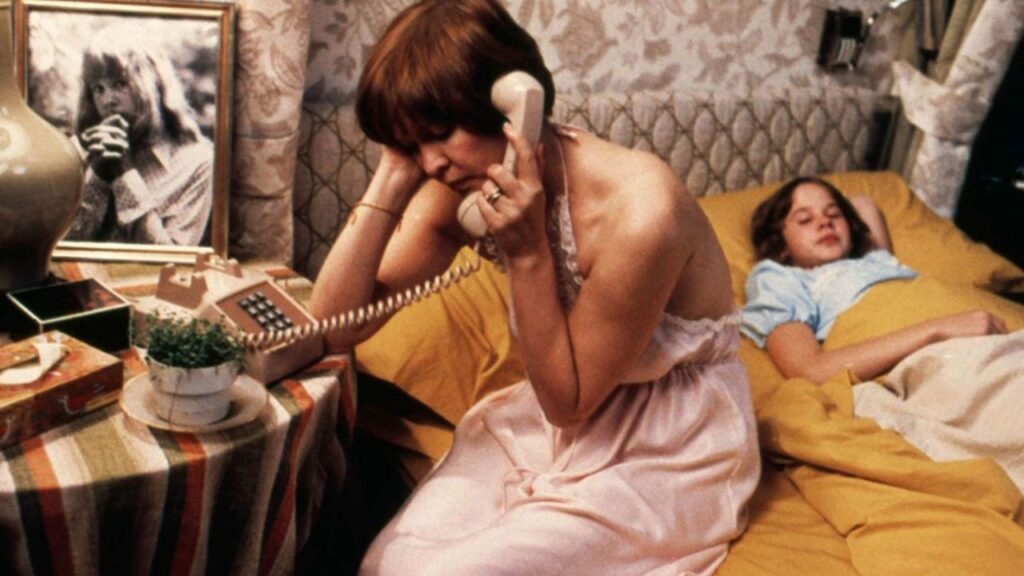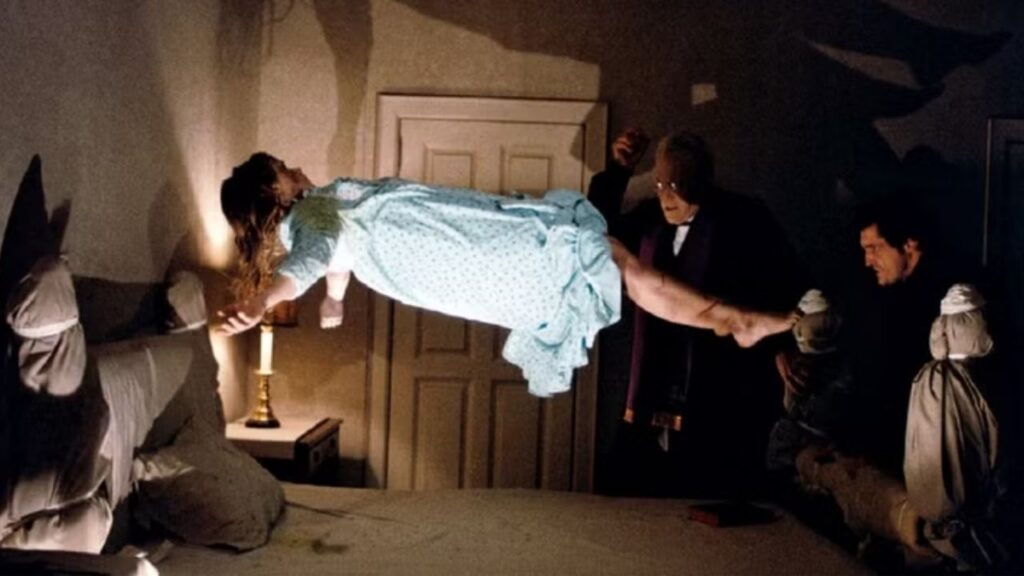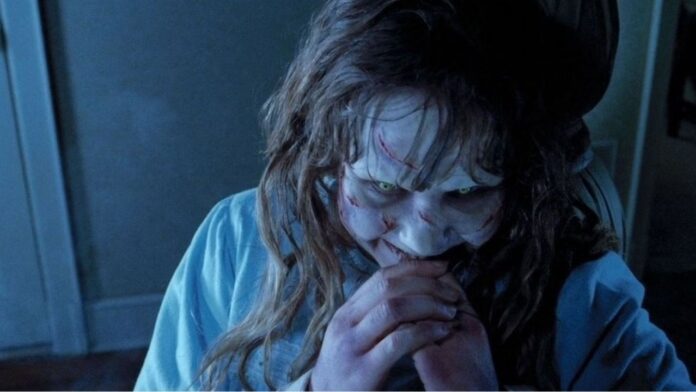Most horror films scare viewers, and life quickly returns to normal. However, ‘The Exorcist‘ did not follow that pattern when it arrived in the early 1970s.
Within days of its release, the reaction inside and outside theaters grew stronger than anyone expected, and the film soon became a problem that stretched far beyond the screen.
‘The Exorcist’ Was Too Terrifying For Its Time And Sparked A Cultural Uproar

The movie followed 12-year-old Regan and her mother, Chris, who turned to two priests when Regan’s behavior changed in frightening ways. From the start, the film relied on disturbing visuals, intense sound effects, and performances that felt shockingly real for that period.
Related: 20 Best Body Horror Films Where Flesh Becomes The Enemy
As a result, audiences responded in ways no one saw coming. Reports claimed that some viewers fainted, vomited, or ran out of theaters during screenings. Others complained of heart problems. While the frightening imagery played a major role, the medical scenes also added to the shock. Director William Friedkin spoke with doctors in New York and kept himself updated on neuroimaging so the hospital moments would look accurate, which made them even harder for people to watch.
At the same time, the film’s focus on religion created another wave of concern. Because the story involved Catholic rituals and priests, the Catholic Church reacted strongly. Officials called the movie “unsuitable for a wide audience,” and Cardinals in Boston pushed for it to be removed completely. Friedkin later shared that evangelist Billy Graham spoke against the film and claimed that “the Devil was in every frame,” which surprised him because Graham could not have examined every frame himself.
How The Ban Fueled The Horror Film’s Legend

Even though many religious groups rejected the movie, not everyone agreed with the backlash. Friedkin explained that Church members in New York supported the film and believed it showed the strength of faith. He said many accepted it because the Roman Ritual of Exorcism still appears in the New Testament. However, the support did not stop the wider reaction.
As complaints continued to grow, restrictions followed. In the U.K., owning the film on home video became illegal for several years because authorities believed it was too disturbing for home viewing. Meanwhile, in the United States, theaters pulled the trailer after people complained about its frightening content. These decisions came after pressure from both religious groups and concerned viewers who feared that the movie could harm audiences.
In case you missed it: 25 Must-Watch Gothic Horror Movies Of All Time
Ironically, the bans had the opposite effect of what officials intended. Instead of reducing interest, curiosity increased, and more people wanted to see what caused such a strong response. According to Box Office Mojo, The Exorcist earned $441 million worldwide, making it one of the biggest box-office hits of its time.
Years later, attitudes began to change. In 1998, on the film’s 25th anniversary, the British Board of Film Classification decided to review the ban. The board stated that the movie, “while still a powerful and compelling work, no longer had the same impact as it did 25 years ago.” As a result, they lifted the ban and allowed the uncut version to be released on video and DVD with an 18 rating.
After that, the franchise prepared for another return to theaters. A new sequel titled The Exorcist: Believer was scheduled to hit cinemas on October 13, directed by David Gordon Green. The film brought back Ellen Burstyn and Linda Blair in their original roles. Although only limited details were shared, fans waited to see what the new chapter would deliver. Even with the ban lifted, the movie remains one of the most controversial releases in history.





